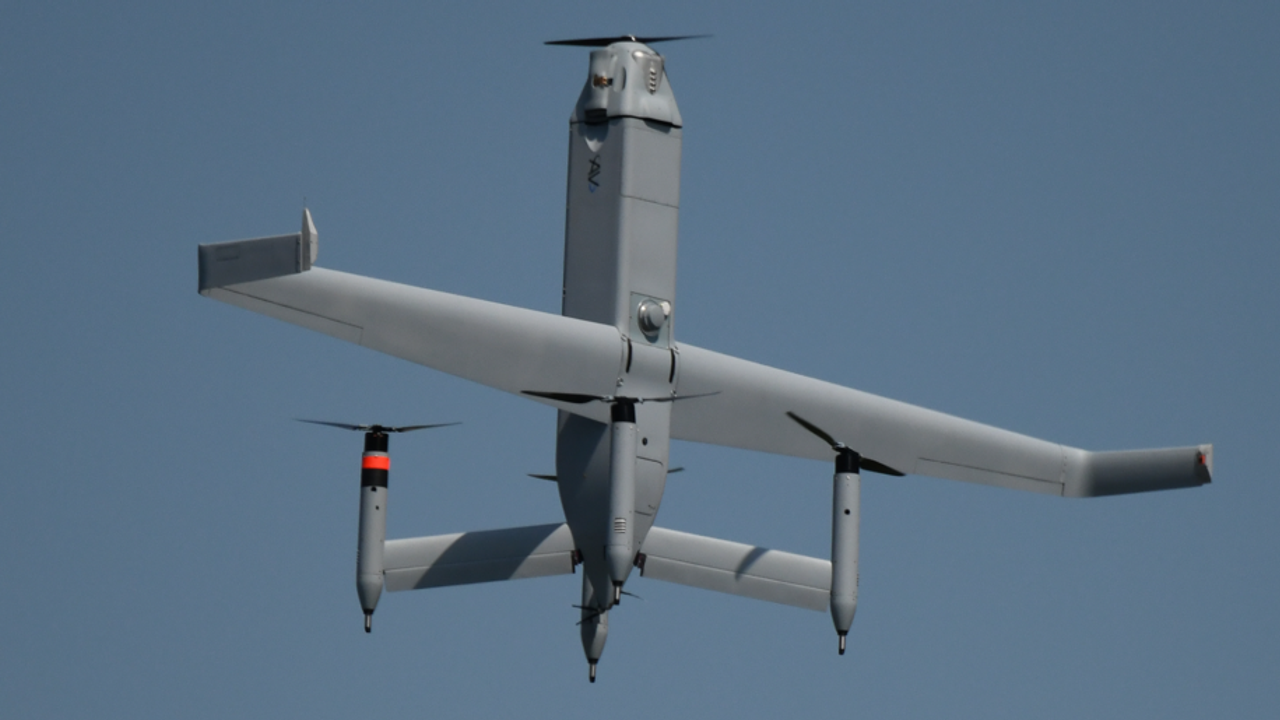AeroVironment’s Wildcat uncrewed aircraft system has reached a series of development milestones under the U.S. Defense Advanced Research Projects Agency’s (DARPA) Early VTOL Aircraft Demonstration (EVADE), part of the broader ANCILLARY initiative. The company reported progress in core flight performance and system integration, as the aircraft transitions toward operational readiness.
The Wildcat is a Group 3 tail-sitting VTOL platform designed for maritime operations, particularly launch and recovery from ship decks in contested and distributed environments. Recent test flights successfully demonstrated transitions from vertical takeoff to forward flight, alongside validation of flight control, propulsion, and fuel systems. The aircraft also began integration of key mission payloads.
The EVADE program aims to accelerate the timeline for fielding infrastructure-less launch and recovery systems for aerial platforms. While DARPA originally outlined initial flight tests for late 2026, AeroVironment's recent achievements indicate an earlier pace of development.
Among the technical innovations tested were a visual precision landing system (VPLS), a modular autopilot, and an onboard AI computing module. These systems are designed to feed into AeroVironment’s broader UAS portfolio.
In the upcoming test phase, the Wildcat will conduct simulated maritime missions, including transitions between hover and cruise flight modes while operating mission payloads under realistic conditions. The aircraft is being developed by AeroVironment’s MacCready Works division, which focuses on advanced systems for edge operations and autonomous flight.









